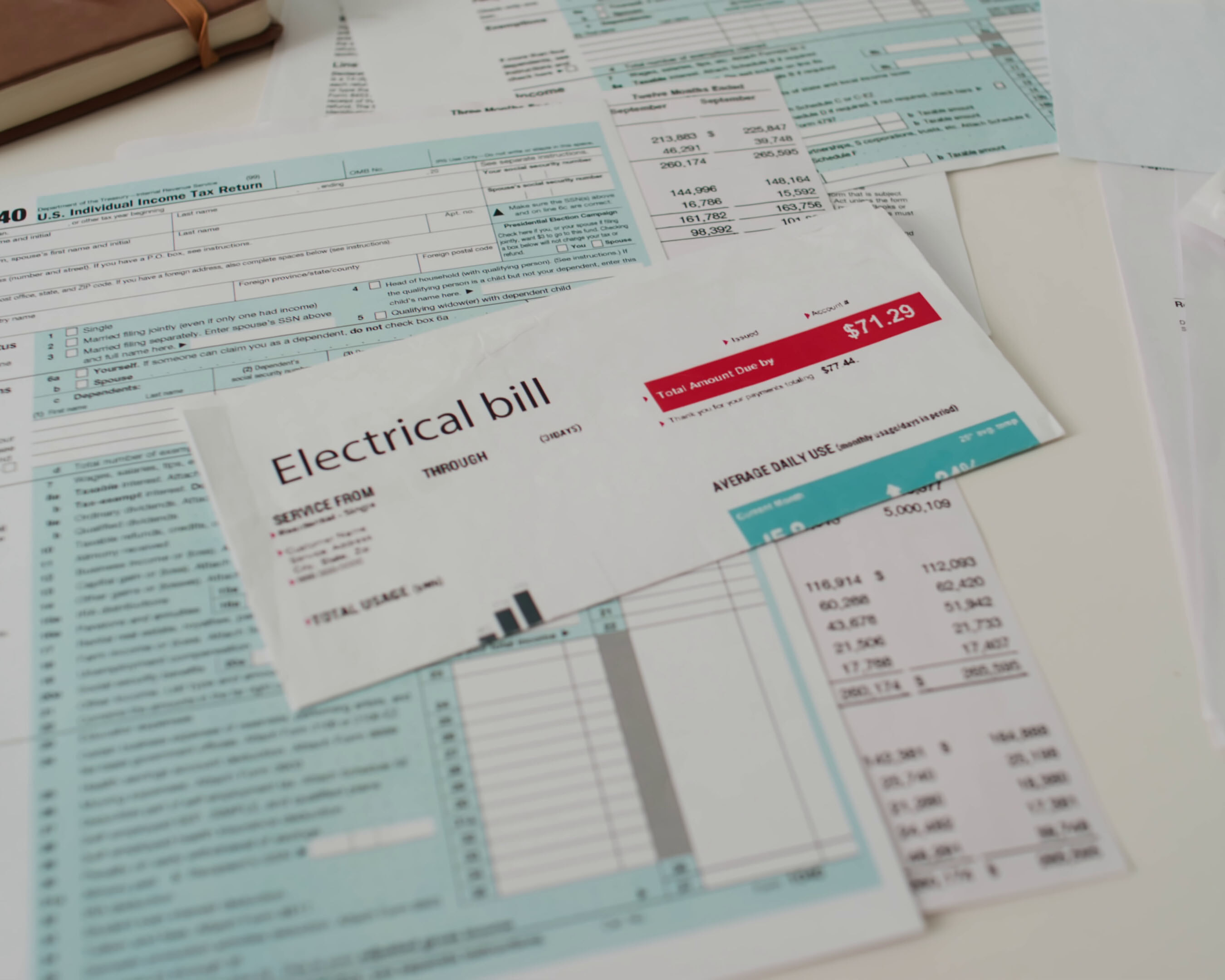Search for topics or resources
Enter your search below and hit enter or click the search icon.

When it comes to building insulation, one term you will often hear is “R-value.” Whether you're insulating a new home or upgrading the insulation in an existing one, understanding the concept of R-value is essential to making the right choice for your insulation needs. But what exactly does R-value mean, and why is it so important?
Simply put, R-value is a measure of how well a material resists the flow of heat. The “R” stands for resistance, and the higher the R-value, the better the insulation material is at keeping heat in your home when it is colder outside and keeping heat out of your home when it is hotter outside. This resistance to heat transfer helps regulate the temperature inside the building, keeping your home warm in the winter and cool in the summer.
From a technical standpoint, R-value measures thermal resistance of a material, most often insulation. It is calculated based on the material’s thermal conductivity, which describes the amount of heat that passes through the material. The less heat that passes through it, the higher the R-value.
R-value is measured per inch of insulation material, so the total R-value of an installation depends on both the type of material and the thickness applied. For example, one inch of fiberglass batt insulation may have an R-value of about R-3.2, while one inch of closed cell spray foam insulation could have an R-value of around R-6 or R-7, due to its higher density. R-values are additive; if you add multiple layers of insulation, the R-values of each layer are added together to calculate the total R-value of the insulated area.
R-value is a critical factor in determining the effectiveness of your home’s insulation and will have a significant impact on your energy bills and overall comfort. R-value affects:
The recommended R-value for your insulation will depend on your local climate and the part of your home being insulated. For instance, areas with colder winters generally require insulation with higher R-values to protect against heat loss.
While the R-value is a good indicator of how effective an insulation material is, there are a few additional factors that can influence how well it performs in the real world.
Different types of insulation materials have different R-values, and the right choice for your home will depend on what you need to insulate, your budget, and other factors.
Understanding R-value is one key to selecting the insulation for your home. The higher the R-value, the better the insulation’s performance, but the ideal R-value for your home will depend on your local climate and where the insulation is installed. Consulting with an insulation professional will help ensure you make the right decision for maximum energy efficiency, comfort, and savings.
With all of this in mind, R-value does not tell the whole story, contact us, and ask how air leakage affects your building’s energy efficiency.
If you have any questions or need help choosing insulation for your project, our team can provide you with expert advice and installation services to meet your needs.